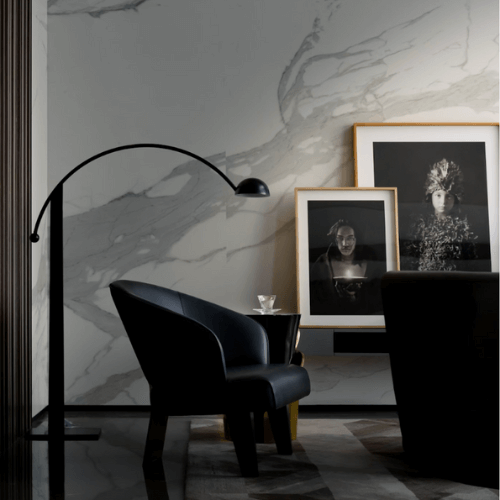Interiors in Life


Our homes are more than just physical structures; they are our sanctuaries, where we seek comfort, relaxation and rejuvenation – where we get old, we see our children grow, creating memories in every corner of the house. Through thoughtful interior design, we can transform our living spaces into havens that reflect our personalities. From a serene living room to a cosy bedroom, every corner of our home can be curated to evoke positive emotions and promote well-being.
Well-designed interiors can foster creativity, collaboration, and productivity. Studies have shown that factors like natural lights, comfortable furniture and aesthetically pleasing surroundings can significantly impact our moods and performance. By integrating elements of Biophilic design, such as indoor plants, natural and sustainable finishes and materials, homes can become a vibrant place of innovation and inspiration.

In today’s modern world, one has to be always ready to welcome and serve gatherings, where people come together to connect, socialise and unwind. Design plays a crucial role in shaping social interactions and fostering a sense of belonging. A thoughtful layout, comfortable seating and inviting ambience can encourage conversation and create memorable experiences.
Effective interior design strikes a balance between form and function, marrying aesthetics with practicality to create spaces that are both visually pleasing and purposeful. Whether it is maximising storage in a small apartment or optimising workflow in a kitchen. A good designer considers the needs and lifestyle of the inhabitants to create spaces that are not only beautiful but also functional.
In an age of environmental awareness, sustainable design practices are gaining momentum in the field of interior design. From eco-friendly materials to energy-efficient lighting, there are numerous ways to reduce the environmental footprint of interior spaces. By embracing a sustainable conscious mind, designers can create spaces that not only enhance the quality of life for the occupants but also minimise their impact on the planet.




